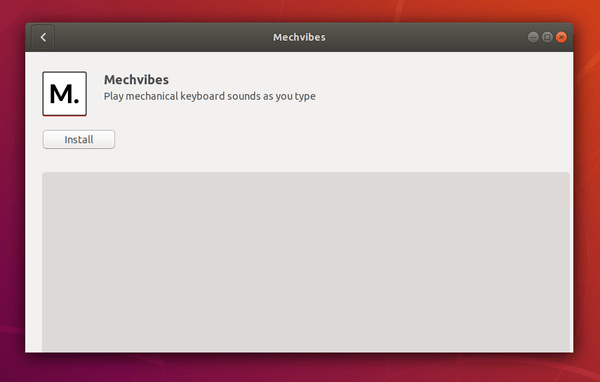
If you want to see more in-depth results involving six other CPUs, I’d recommend checking out the 2990WX launch article.ĪMD Ryzen Threadripper 2990WX (3.0GHz, 32C/64T)ĬPU tested with BIOS 1.0EN43 (Jul 27, 2018) 4.15.0), and with some extra tests added on. Instead of copying and pasting previous Linux results into this new article, I retested both the 2990WX and Intel’s Core i9-7980XE with a newer kernel (4.18.5, vs. This article exists to not only draw attention to that, but also highlight a bit better what the 2990WX is capable of – if the software in question can take advantage of it. No one wants to pass around the blame, but by all appearances, it looks like a bulk of the problem is Windows. I am not going to stand here (or sit) and pretend to understand why the 2990WX doesn’t perform so well in all Windows tests, because getting a clear answer out of anyone is tough. That’s because in Windows, performance scaling on such a big CPU is hit-or-miss, whereas the Linux kernel seems to support AMD’s biggest no problem.

As it turns out, that was a mistake, since few people noticed we even had Linux benchmarks, despite there being an obvious demand for them.īefore publication, I debated on whether or not I should break Linux performance into its own article, but in this particular case, I opted for the combo because I felt the bigger picture was needed. To deliver a full-featured article for launch, my look at AMD’s Ryzen Threadripper 2990WX and 2950X combined Windows and Linux performance in the same article.


 0 kommentar(er)
0 kommentar(er)
